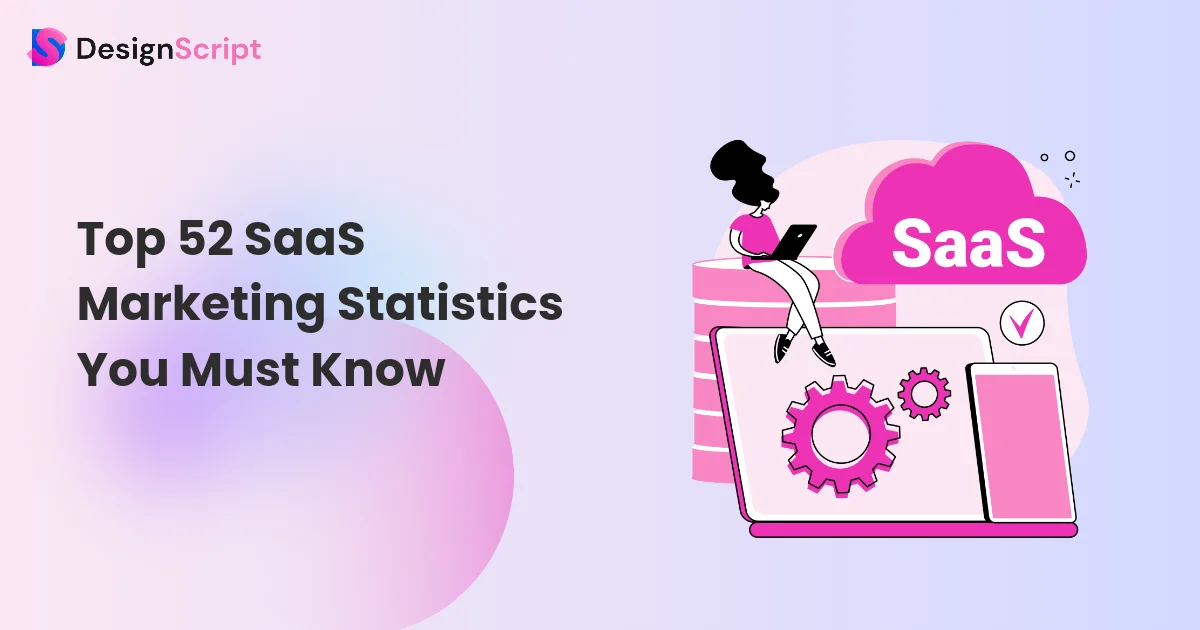Top 52 SaaS Marketing Statistics You Must Know
The SaaS landscape is a thrilling roller coaster ride with exciting highs fuelled by innovation, heart-stopping drops in competition, and sharp turns as trends develop.
But fear not! Navigating this dynamic world is smoother with the right data by your side.
That’s where we come in. This post is your cheat sheet to 52 essential SaaS marketing statistics. So, grab your virtual seatbelt and dive into insights that will help you know about SaaS marketing trends. This data-packed journey covers everything from customer acquisition secrets to content marketing powerhouses, pricing strategies, and social media mastery. We’ll unveil industry benchmarks, expose hidden truths, and empower you to make data-driven choices that put your SaaS on the map.
Are you ready to dominate the game? Let’s go!
Table of Content
- SaaS Marketing Statistics
- SaaS General Market Statistics
- General SaaS Content Marketing Statistics
- SaaS Revenue Statistics
- SaaS Audience Behavior Statistics
- SaaS Spending and ROI Statistics
- SaaS Marketing and Sales Statistics
- SaaS Churn Statistics
- SaaS Business and Customer Statistics
- SaaS Pricing Strategies Statistics
- SaaS Infographics and Visual Content statistics
- SaaS Social Media statistics
- SaaS Email Marketing Trends
- SaaS Content Promotion statistics
- Future of Saas marketing statistics
- Navigate the Thrilling SaaS Landscape with Data-Driven Insights
- FAQs
SaaS Marketing Statistics
1. SaaS General Market Statistics

Explosive Growth: The global SaaS market, expected to hit a staggering $232 billion in 2025, with a projected annual growth rate of 18.7% until 2030. That’s why more and more businesses are relying on cloud-based software.
Widespread Adoption: 99% of companies already use at least one SaaS solution, and plan to invest even more. So, if you’re not offering SaaS, you might be missing out on a massive audience.
Customer Love: 73% of businesses report a 20-40% productivity boost thanks to SaaS tools. Satisfied customers are loyal customers, making SaaS a recipe for long-term success.
2. General SaaS Content Marketing Statistics

Content is King: 9 out of 10 SaaS businesses leverage blog posts, establishing them as a central pillar of online marketing.
Highly Engaging Emails: Targeted email campaigns boast a 66% average open rate, demonstrating the power of email marketing for SaaS.
Growth Through Content: Companies with content marketing strategies experience higher growth rates, highlighting its effectiveness in driving business success.
3. SaaS Revenue Statistics
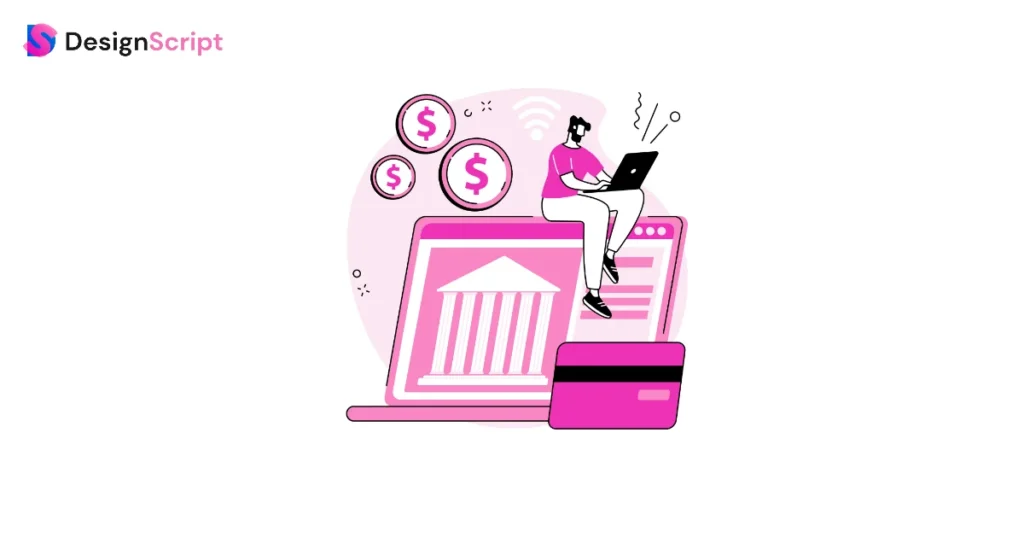
Market Momentum: The SaaS market boasts a steady CAGR of 18.7% from 2023 to 2030, indicating continued strong growth potential.
Churn Challenge: The median SaaS business loses around 10% of its annual revenue to churn, highlighting the importance of retention strategies.
4. SaaS Audience Behavior Statistics

Data-Driven Decisions: Companies use at least one SaaS solution, demonstrating the reliance on data-driven insights for business operations.
Seeking Value: Businesses plan to invest more in SaaS solutions, indicating a strong focus on value-driven technology adoption.
Security Concerns: large organizations express concern about SaaS adoption outpacing their cybersecurity capabilities, underlining the need for robust security measures.
5. SaaS Spending and ROI Statistics

Free Trials Drive Conversions: Free trials that don’t need credit card information double the conversion rate to paid subscriptions, highlighting their effectiveness in attracting customers.
Customer Experience Matters: Marketers believe customer experience is a key differentiator, emphasizing the importance of user-centric marketing strategies.
High ROI Potential: SaaS marketing can deliver significant returns, with studies showing a 5:1 ROI for content marketing alone.
6. SaaS Marketing and Sales Statistics

Lead generation struggle is real: Only B2B leads qualify for sales, highlighting the need for targeted campaigns and effective lead nurturing.
Content is important and the foundation: 78% of CMOs believe creating valuable content is critical for SaaS growth, emphasizing the power of thought leadership and informative resources.
Social media sizzles: 80% of B2B leads come from social media, showcasing its importance in building brand awareness and engaging potential customers.
7. SaaS Churn Statistics
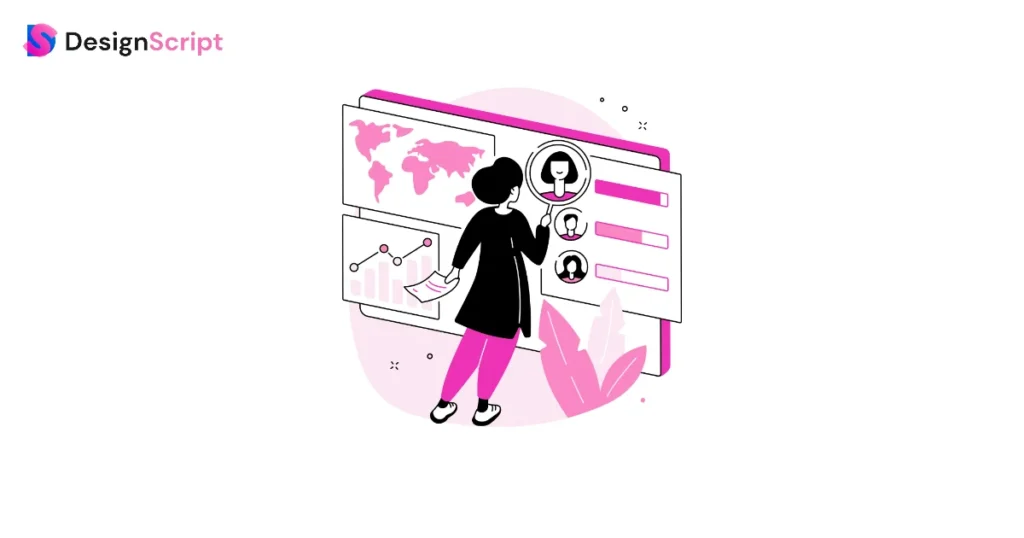
Leaking revenue: The median SaaS business loses 10% of revenue annually to churn, highlighting the need for customer retention strategies.
Free trials double down on engagement: Free trials without credit cards see double the conversion rates, suggesting a smoother onboarding experience is key.
Prevention is cheaper than cure: 16.67% of churn is preventable, emphasizing the importance of proactive customer support and personalized engagement.
8. SaaS Business and Customer Statistics
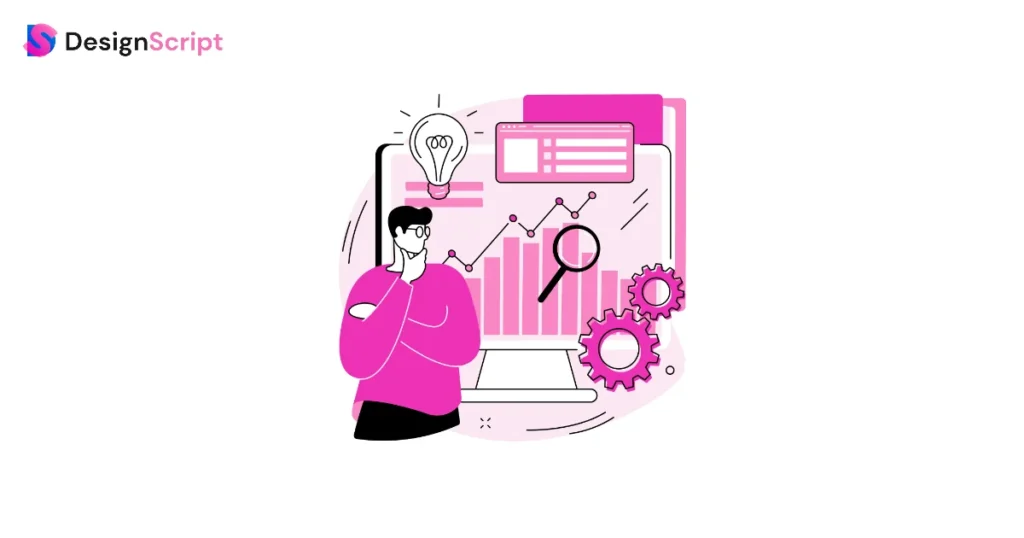
SaaS adoption skyrocketing: 99% of companies use at least one SaaS solution, demonstrating the growing reliance on cloud-based software.
Data security concerns mount: 64% of large organizations worry about SaaS adoption outpacing their cybersecurity capabilities, focusing on the need for robust data protection measures.
Customer experience reigns supreme: Marketers believe customer experience is a key competitive differentiator, emphasizing the importance of building positive customer relationships.
9. SaaS Pricing Strategies Statistics

Subscription reigns supreme: 42% of SaaS companies offer both monthly and annual subscriptions, catering to diverse customer preferences.
The freemium model’s allure: 48% of SaaS businesses offer free plans to attract users and convert them to paying customers.
Value-based pricing gains ground: 39% of SaaS companies prefer value-based pricing, focusing on the specific value delivered to each customer.
10. SaaS Infographics and Visual Content statistics

Visuals grab attention: 65% of people are visual learners, highlighting the effectiveness of infographics and other visual content in engaging audiences.
Information retention soars: People remember 80% of what they see, compared to what they read, emphasizing the power of visuals to communicate information effectively.
Social sharing takes flight: Visual content is more likely to be shared on social media than plain text, showcasing its ability to reach a wider audience.
11. SaaS Social Media statistics

Engagement Reigns Supreme: B2B decision-makers use social media to research potential vendors, making it key for SaaS brands to be active and engaging on relevant platforms.
Video is King: Video content on social media generates 12 times more interaction than text and image content combined, offering a powerful tool for SaaS brands to showcase their solutions.
Micro-Influencers Pack a Punch: Partnering with micro-influencers can drive higher engagement and ROI compared to bigger names, due to their more targeted reach and perceived authenticity.
12. SaaS Email Marketing Trends

Personalization is Paramount: 72% of consumers only engage with personalized marketing messages, making segmentation and dynamic content crucial for effective SaaS email campaigns.
Interactive Emails are on the Rise: Integrating interactive elements like polls, quizzes, and product demos into emails can boost engagement and click-through rates, driving higher conversions.
AI-Powered Automation is Key: Utilizing AI tools for email list segmentation, subject line optimization, and send-time personalization can streamline email marketing efforts and maximize results.
13. SaaS Content Promotion statistics

Content Hubs are Hot: B2B marketers leverage content hubs to organize and promote their content, creating a central resource for valuable information and attracting qualified leads.
Paid Social Promotion Pays Off: 85% of B2B marketers use paid social media advertising to promote their content, increasing reach and engagement beyond organic reach.
SEO Optimization is Essential: Optimizing content for relevant keywords ensures organic search visibility, driving qualified traffic to your website and nurturing leads.
14. Future of Saas marketing statistics
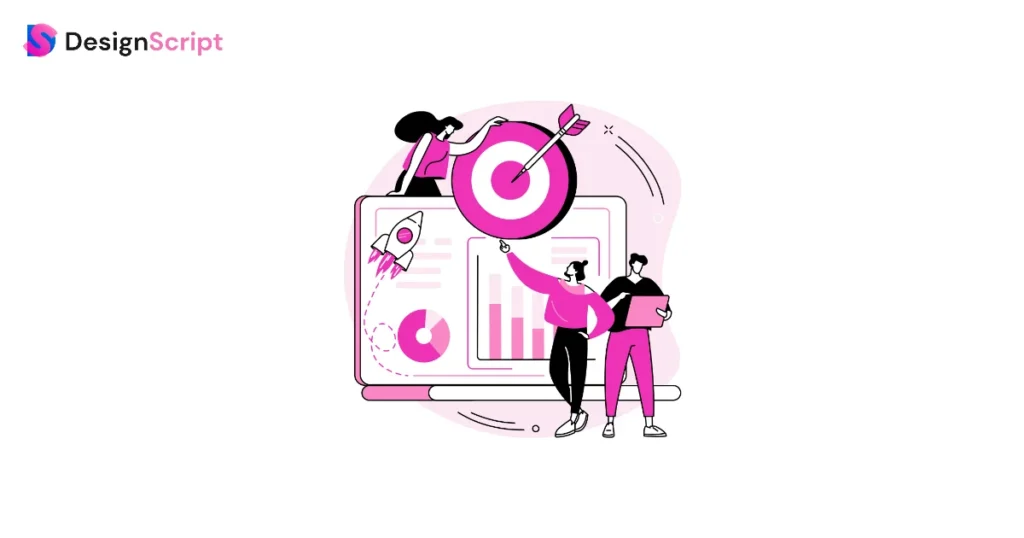
AI & Machine Learning Drive Growth: 70% of B2B marketers plan to use AI and machine learning for personalized marketing and lead scoring in the next 5 years.
Customer Experience Takes Center Stage: 84% of B2B organizations believe that customer experience will be the main competitive differentiator.
Community Building is Crucial: 70% of B2B companies plan to invest in building online communities by 2025, fostering engagement and loyalty among customers and prospects.
Navigate the Thrilling SaaS Landscape with Data-Driven Insights
The SaaS market is booming, offering exciting opportunities and demanding strategic navigation. This post gave you 52 essential statistics to guide your decisions and propel your brand forward.
From explosive growth trends to customer acquisition secrets, content marketing powerhouses, and social media mastery, we explored key areas to optimize your SaaS marketing efforts. We unveiled industry benchmarks and exposed hidden trends. We empower you to make data-driven choices that put your SaaS on the map.
Remember, the journey to SaaS success is dynamic. Embrace the data, stay agile, and leverage these insights to adapt and thrive continuously in the ever-evolving landscape. So, buckle up, and chart your course to SaaS domination!
FAQs
Marketing is crucial for SaaS businesses, as it drives customer acquisition, retention, and overall growth. The competitive landscape is fierce, and without effective marketing, your SaaS offering might get lost in the noise.
The SaaS market is booming! Experts predict it to reach a staggering $232 billion in 2025 with a projected 18.7% annual growth rate until 2030. This indicates a massive opportunity for SaaS companies.
There’s no one-size-fits-all answer, but a common rule is to allocate 10-20% of your annual recurring revenue to marketing. Analyze your goals and target audience to determine the most effective allocation for your specific needs.

